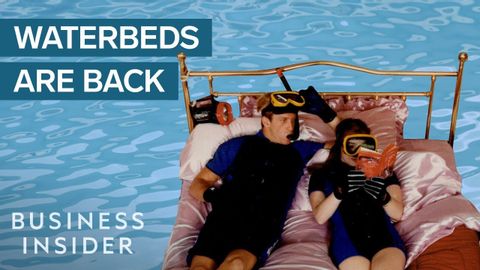ウォーターベッドは20億ドルの産業であるために使用されます。何が起こったの? (Waterbeds Used To Be A $2 Billion Industry. What Happened?)
April Lu が 2021 年 01 月 14 日 に投稿  この条件に一致する単語はありません
この条件に一致する単語はありませんUS /səˈfɪstɪˌketɪd/
・
UK /səˈfɪstɪkeɪtɪd/
- adj.話をより複雑にする;洗練された
- v.t.洗練させた
US /ˈpræktɪkəl/
・
UK /ˈpræktɪkl/
- adj.実用的な : 実際の : 実際に役立つ;実践的な;現実的な
- n.実習;実務家
US /ˈstɪɡmə/
・
UK /'stɪɡmə/
US /ˌrɛpjəˈteʃən/
・
UK /ˌrepjuˈteɪʃn/
- n. (c./u.)評判;評判が良い;評判が悪い;評判が関わる
エネルギーを使用
すべての単語を解除
発音・解説・フィルター機能を解除

